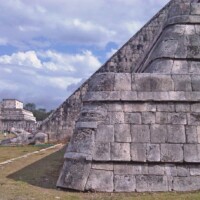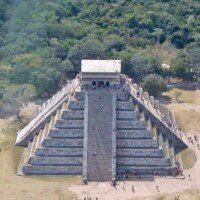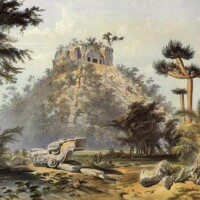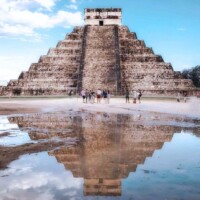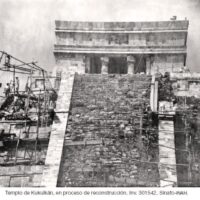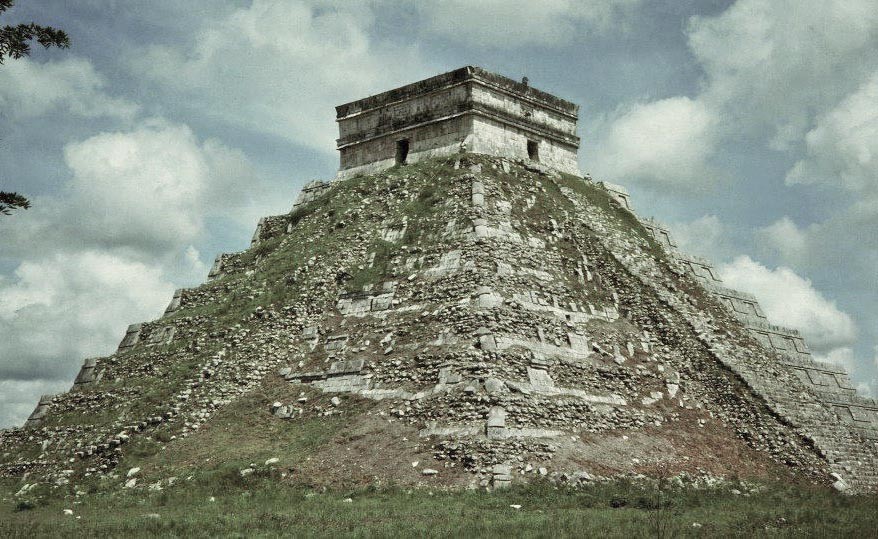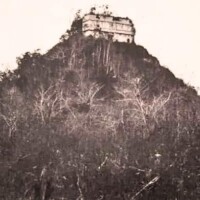Chichen Itza
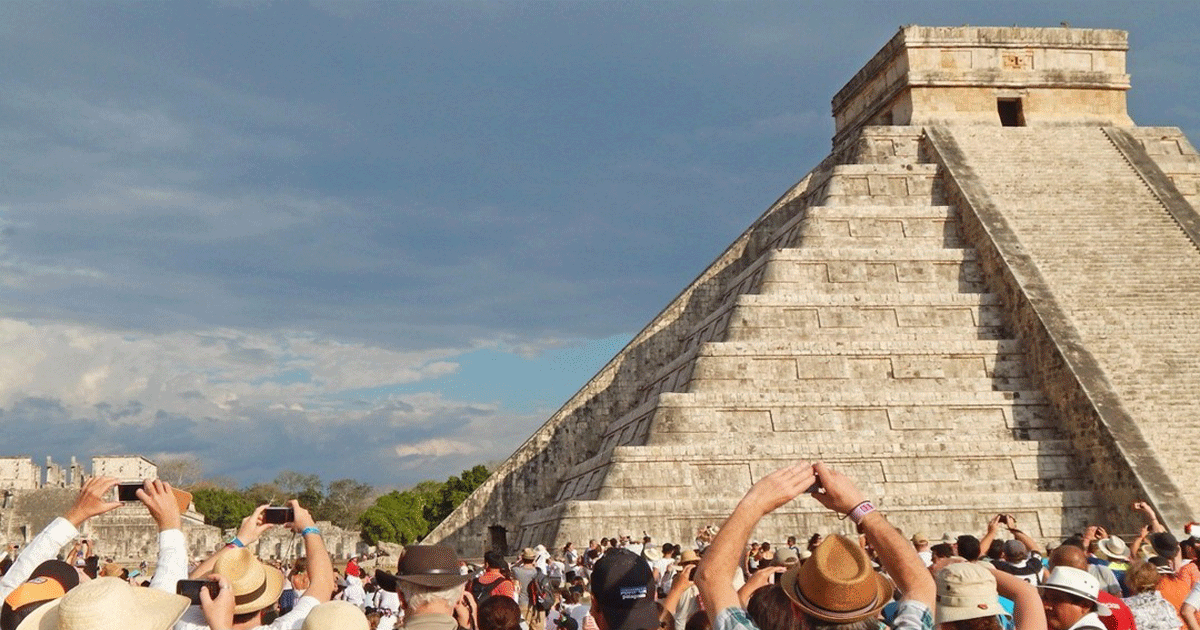
One of the new seven wonders of the modern world and part of the cultural heritage of humanity by UNESCO.
Chichen Itza is one of the most spectacular archaeological sites of the Mayan Culture located at a relatively short distance from Cancun and Riviera Maya. Today we can admire what was their impressive religious civic complex: a great plaza surrounded by elegant decorated buildings; to the east the “Warriors Complex”, named this way for the multiple elements in the stonework representing the two warring breeds: the jaguars and the eagles.
Walking toward the south, you will find a temple called “The Snail”, which is considered the most important astronomical observatory of the epoch. This building is aligned for the clear observation of Venus.
To the west, the field of the Ball Game, the biggest one found today in all Mesoamerica, measuring 170 meters long by 70 meters wide. The objective of the game was to pass the ball by the center of a stone hoop, only hitting the ball with the hips, elbows and shoulders. The game was played between two teams using a vulcanized rubber ball.
To the north the Sacred Well is located and according to Diego of Landa, bishop of the New Spain, in the XVI century rituals were practiced to honor Chaac, God of the Water and Rain.
In the center of the square two platforms are located for ritual dances and in front to these, in the heart of the great square, we find the imposing Temple of Kukulcan, which is product of the deep knowledge in geometry, mathematics and astronomy that the residents of this city reached. Most of the tourists say that “they go to the ruins”, but these same tourists are astonished when they observe that “these ruins” nowadays continue working as when they were conceived centuries ago. For the spring and autumn equinoxes, people observe an optic illusion that is possible by combining the geometric construction and the setting of the sun. This way when the sun goes descending slowly, it forms triangles of light and shade, the figure of a snake that lowers smoothly from the north stairway, and when the sun is in an exact point, with clarity we can look at the complete figure of the snake connecting with the head, (a splendid sculpture that lies at the base of the temple). This mystic moment it is known as the slope of Kukulcan and is bound to the beginning of the agricultural cycle.
Chichen Itza is located in the lowlands of the north of Yucatan. It has more than 300 hectares of calcareous surface, among the vegetation of the low and thorny forest. Historical sources tell us that the city was founded between 415 and 435 after Christ. Mayan sources, such as the Chilam Balam, speak about the arrival of Kukulcan. In 1556, Diego de Landa describes some parts of the city, but the first extensive explorations were carried out by John L. Stephens between 1841 and 1842. Their reports were accompanied by drawings by Frederick Catherwood, showing Chichen Itza to the world. From there followed a great quantity of explorers such as Augustus Le Plongeon in 1875, Holmes in 1895, and Maudslay in 1900. Edward Thompson came in the first years of the 20th century, but serious and scientific investigations of 1923 and 1939 by groups of Mexican and foreign archaeologists consolidated a great part of the city. Though exposed to the world as it is, this city has not ceased to be a marvel of the world.
“Chichen Itza” By Jerry Ham.
- Home
- /
- Posts
- /
- Destinations
- /
- Chichen Itza

